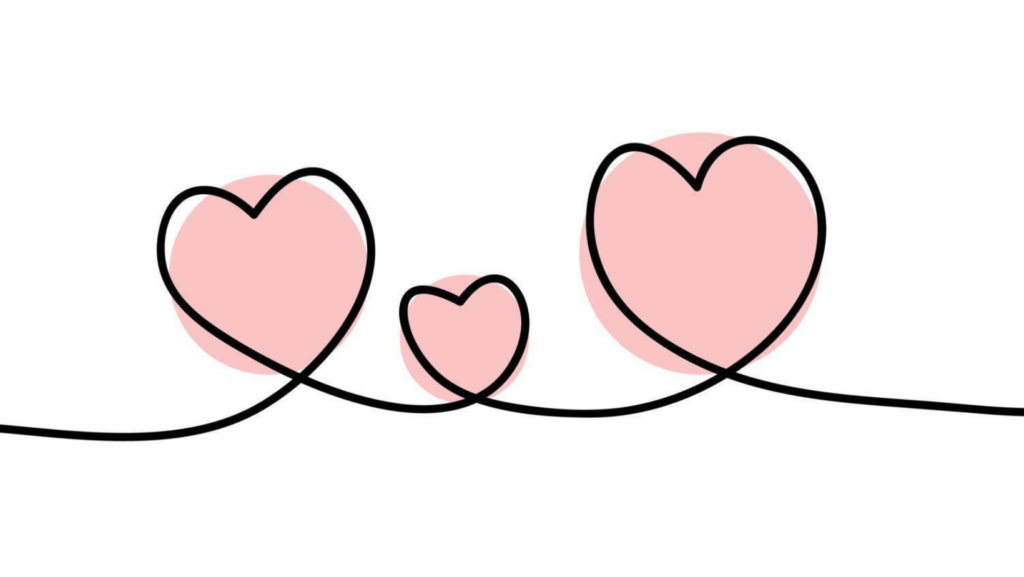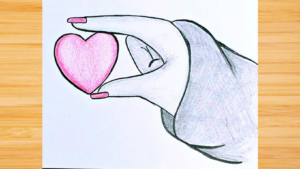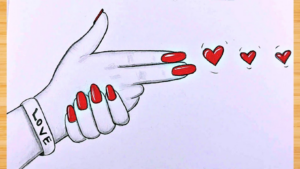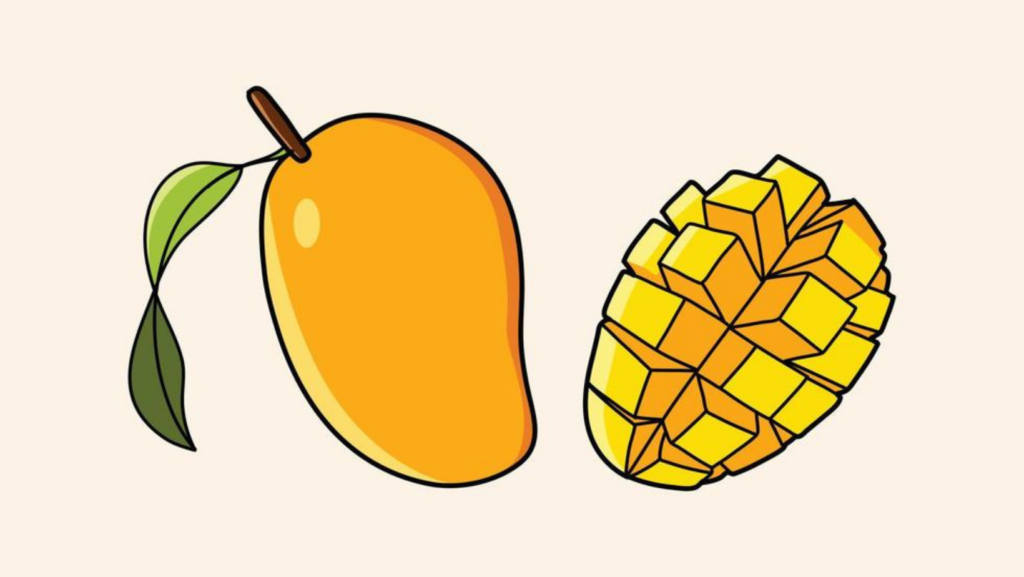
In the world of art, the heart, or “corazon” as it’s known in Spanish, has always held a special place. Its symbolic resonance transcends cultures, making it a universal emblem of love, passion, and life. But how does one capture such profound sentiments in a simple drawing or “dibujo”?
In the following article, we’ll delve into the art of drawing the corazon as an exciting endeavor. We’ll explore various techniques, styles, and inspirations to help you bring this potent symbol to life on paper. Whether you’re a seasoned artist or a novice doodler, you’re sure to find value in this comprehensive guide. Let’s embark on this artistic journey together, where every stroke of the pencil brings us closer to the heart.
Dibujo:es-vostzkcg= Corazon

The term corazon, Spanish for heart, extends far beyond biology. This section delves into its historical significance, its symbolic representation, and its prominence in art and culture.
The corazon, or heart, carries great weight in human culture and history. Emerging from ancient times, it symbolically represented life, vitality and the essence of humanity. In Christianity, the Sacred Heart is an emblem of Jesus’s divine love for humanity. Similarly, in Buddhism, it stands as a symbol of enlightenment, signifying how love conquers all human suffering. In Aztec religion, the heart offered to the gods symbolized the ultimate spiritual sacrifice.
Giving a heart’s image as a gift, be it via letter, card or doodle, denotes deep affection. The association of the heart symbol with love can trace its roots back to the medieval era, notably in the works of Galen and Aristotle who believed it was the seat of emotions.
Significance in Art and Culture
The corazon constitutes a vital part of visual arts, literature and pop culture. It depicts various human emotions—from passion, empathy, bravery to pain and sadness. Renaissance artists like Leonardo da Vinci delved deep into understanding the heart’s anatomy to enhance its representation in their masterpieces.
The iconic simplistic shape we see today, often red-colored with a central dent and pointed tip, took form in the Middle Ages. It is omnipresent—from being a quintessential part of Valentine’s Day to its appearance in modern emojis.
In modern surreal art, artists like Frida Kahlo employed the heart to express personal experiences with pain and love. Today, its versatility continues to inspire artists across the globe, allowing them to illustrate the complexities of the human condition. The heart maintains its status as an inherently evocative symbol, capable of translating intangible emotions into art forms.
Artistic Techniques in Corazon

Corazon, encompasses a universe of human emotions, depicted through diverse artistic techniques. This section unveils the various styles, inspirations, materials, and tools that artists use to depict this ubiquitous heart symbol.
Artists draw from a wide array of styles when creating heart-themed art. Formats range from intricate realism to simplistic minimalism. Realists, inspired by human anatomy, paint the heart in its physiological detail, showcasing the organ’s gritty details. On the opposite side of the spectrum, minimalists distill the heart into simple shapes, most commonly a symmetrical backdrop of two humps at the top and a pointed end, expressing the heart’s essence without its anatomical complexities.
Materials and Tools Used

A crucial aspect of creating Corazon involves choosing the proper materials and tools. Traditional materials include oil paint, acrylics, and watercolor for painting; graphite, charcoal, or ink for drawing; and ceramic, metal, or wood for sculpturing. However, modern artists often experiment with unconventional materials like natural fibers, recycled objects, digital media, and even light projections.
Brushes, pallets, sculpting tools, and easels underpin traditional art-making, but in the digital era, software like Photoshop, Illustrator, or Procreate offer artists a new breadth of creative possibilities. Whether creating a heart through traditional methods or digital mediums, the tools and materials can significantly impact the final product’s style, texture, and overall emotion.


